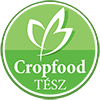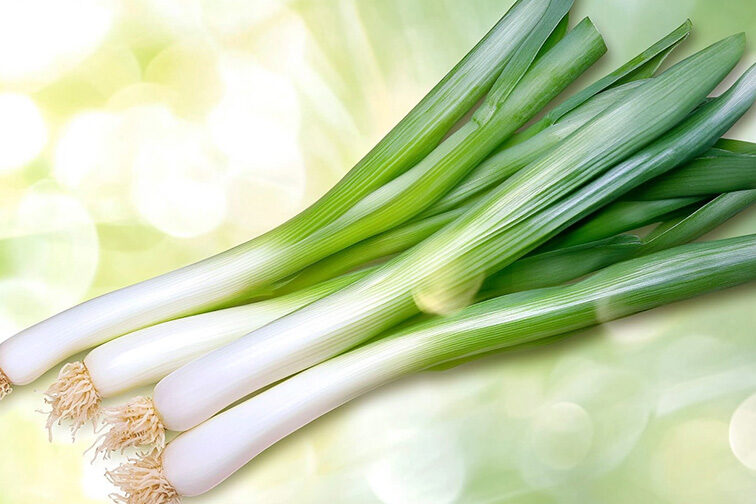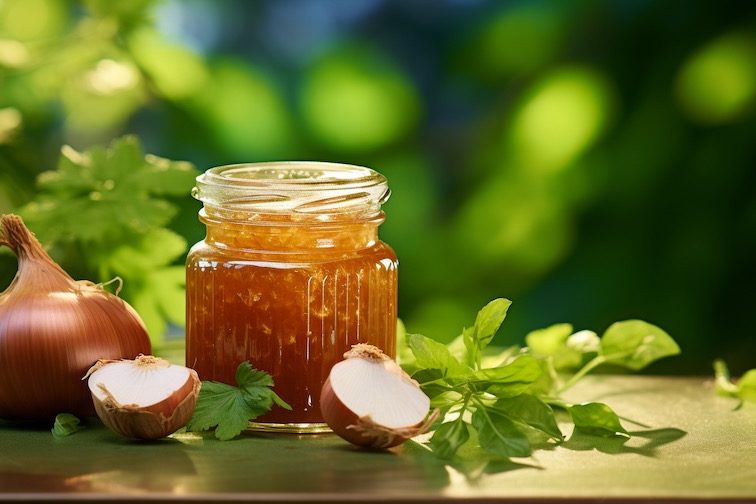With the support of our stable Hungarian producer base, this vegetable is always available in high quality in our wholesale assortment – ask us for an offer!
Spring onion (Allium cepa var. cepa), a unique and popular vegetable, has been a favourite in European and national cuisines for decades due to its small size, mild yet distinctive flavour and versatility.
What you need to know about spring onion?
The history of the spring onion dates back thousands of years, and its origins probably go back to Central Asia. It was popular with the ancient Egyptians and Romans, who valued both its taste and its medicinal properties. In Europe, it was particularly popular in France, Belgium, the Netherlands and the UK, where it is still grown in significant quantities.
Its health benefits include low calories and high fibre content. It contains significant amounts of vitamins A, C, K and folic acid. Its high antioxidant content supports the immune system and is beneficial for the cardiovascular system and may also help reduce the risk of certain cancers.
Spring onion and leeks – what’s the difference?
Spring onion and leeks are two completely different types of onion, both in appearance and use. Spring onion are a small-fruited variety of the common onion, which produces small, round heads and is often pickled or roasted whole for its milder flavour. Leeks, on the other hand, are long, cylindrical plants that do not have the classic onion head but are characterised by thick, white stems and green leaves. Its flavour is softer and sweetish, and it is best used in soups, main courses or casseroles. The two vegetables are therefore not only botanically different, but also have different culinary uses.
Economic and production background
Spring onion is a cold-tolerant plant and is therefore mainly grown in temperate regions of Europe. France is one of the largest producers, with Belgium, the Netherlands and Germany also growing significant quantities. It is also widely grown in Hungary, but in smaller quantities.
The spring onion season starts in late autumn and lasts until the end of winter. In Hungary, it is mainly grown in the open field, but can also be produced in small quantities in greenhouses. In Hungary, fresh onions of Hungarian origin are available from the end of October to April, while in the spring and summer months, imports from Western Europe are the most common.
How to choose good quality spring onion?
When buying spring onion, the first thing to look for is the condition and freshness of the onion. Good quality leaves are bright green, fresh and not wilted or yellow. The white part should be firm, crisp, without blemishes or damage. Avoid specimens that are too large and woody, as they are less tasty and more difficult to prepare.
Kitchen use
Spring onion has a wide range of uses in the kitchen. Its softer, sweet taste makes it excellent in soups, casseroles, creams, quiches and pies. It is also delicious roasted, steamed or grilled and is an excellent accompaniment to fish or meat dishes. The white part is the most commonly used, but the green leaves are also excellent for flavouring stocks and soups.
Storage suggestions
After purchase, it’s best to store chives in the fridge, preferably wrapped in a paper bag, so they stay fresh for up to two weeks. They will spoil more quickly if kept in a damp or plastic bag, so always store them in a dry place. It can also be stored sliced in the freezer and will keep for several months.
Interesting facts about spring onions
Few people know that onions are not only a popular ingredient in pickles, but have been part of European gastronomy for centuries. In Anglo-Saxon countries, particularly the United Kingdom and Ireland, it is often served with Sunday roasts, steamed or fried in butter. In French cuisine it is used as a gourmet ingredient in casseroles and creamy sauces. The size and mild flavour of spring onions make them an ideal whole ingredient in dishes, especially as an accompaniment to roast meats or vegetable dishes.
Tips for using spring onions in the kitchen
- Roasted onions as a side dish: roasted whole, drizzled with a little olive oil, seasoned with salt and pepper and sprinkled with rosemary, they make an excellent side dish for meat dishes.
- French onion sauce: sautéed onions in butter, white wine, stock and cream to make a delicious sauce for fish or chicken.
- Pickled form: in a classic vinegar broth, with a little sugar and mustard seeds, it is a piquant addition to cold dishes and sandwiches.
- Cooked whole in vegetable stews: it doesn’t fall apart, but softens to a creamy consistency and adds a subtle background flavour.
- For stews or soups: added to veal stew or chicken stew, for example, it makes the dish richer and more fragrant.
Despite its small size, the sweet onion is a real gastronomic treasure that brings not only flavour but also elegance to simple dishes.





